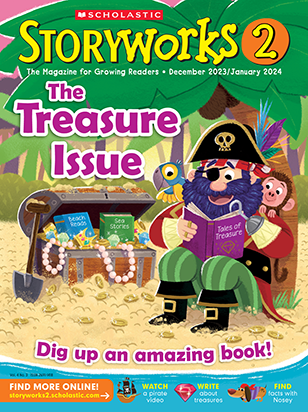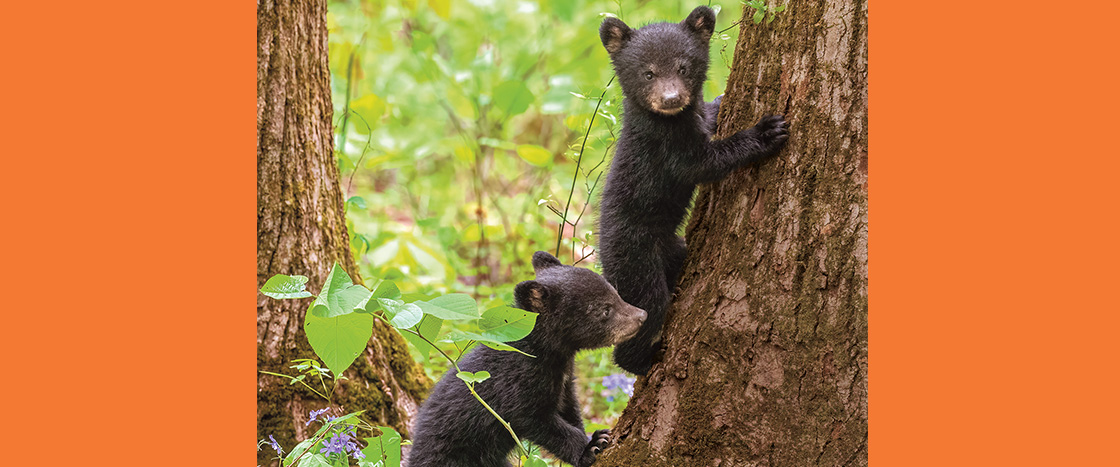Ring! Police Chief Tadd Bailey got an urgent call at the station. He needed to respond right away! A mother bear was in the road with her five cubs. They were holding up traffic.
That was strange. Chief Bailey had gotten a lot of calls about bears in his time as a police officer. But he had never heard of a mother bear and cubs holding up traffic.
The caller said the mother bear was very upset. Would Chief Bailey be able to help?
Tadd Bailey is a Police Chief. One day he got an important call at the station. It was urgent. He needed to answer right away! A mother bear was in the road. She had five cubs and they were stopping traffic.
It was strange. Chief Bailey had gotten a lot of calls about bears. But he had never heard of a mother bear and cubs stopping traffic.
The caller said the mother bear was very upset. Would Chief Bailey be able to help?
Ring! Police Chief Tadd Bailey got an urgent call at the station, and he needed to respond right away! A mother bear was standing in the road with her five cubs, holding up traffic.
That was strange. Chief Bailey had gotten a lot of calls about bears in his time as a police officer, but he had never heard of a mother bear and cubs holding up traffic.
The caller reported the mother bear was very upset. Would Chief Bailey be able to help?

